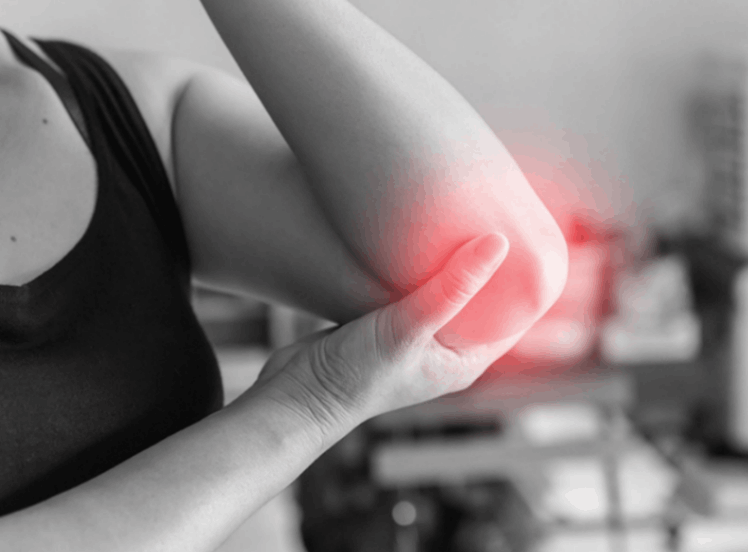Exercise After An Injury.
For many years, I lived by the motto, “no pain, no gain.” I thought that in order to achieve peak physical performance, I had to hit it hard and not let up, even if I was in pain or had an injury.
The problem with that mindset of fighting through the pain or ignoring injuries is that it can cause negative long-term effects, like chronic pain. Just ask my knees!
When you exercise, do not ignore pain. Plain and simple, pain is your body’s way of warning you that you’re overdoing it or that you’ve hurt yourself.
Now, muscle soreness after a workout is normal. But if you’re feeling sharp pain in a specific area and that pain gets progressively worse as you work out, that’s a sign of an injury. This is when you need to listen to your body and stop that activity until you see your doctor.
Let Yourself Heal.
If you are injured and the doctor tells you to lie low and let yourself heal, follow their orders. Don’t rush back to your workouts because this could aggravate your injury and keep you on the sidelines a lot longer.
That’s what happened to me. My knees got so bad I couldn’t work out anymore. I sat around and ate – taking in way more calories than I was burning – so I steadily gained weight to the point of becoming obese. That extra weight put more stress on my already painful knees and so on. In other words, it was a vicious cycle.
Modify Your Workout.
The thing is, if your injury isn’t too severe, you can still keep exercising and work out the parts of your body unaffected by the injury. For example, if you’ve pulled a muscle in your arm, you can still work out your legs. Check online for examples of modified workouts or alternative forms of exercise. As always, use proper form while exercising and don’t forget to warm-up beforehand and cool-down afterwards.
Finally, even though you’re sidelined and may be feeling down, stay tough when it comes to your nutrition. Remember, if you’re not as active as you usually are, you may need to adjust your calorie intake.
After losing weight and two knee replacements, I feel like I have been given a second chance and I’m not going to take it for granted. I did enough suffering for you all. So please don’t make the mistakes I’ve made. Listen to your body when it’s telling you what’s wrong. Then do the right thing.
This Week O’Nealism:
“Your Strength is not measured by how much you can do.
Your Strength is measured by the discipline it takes in doing it right.”

